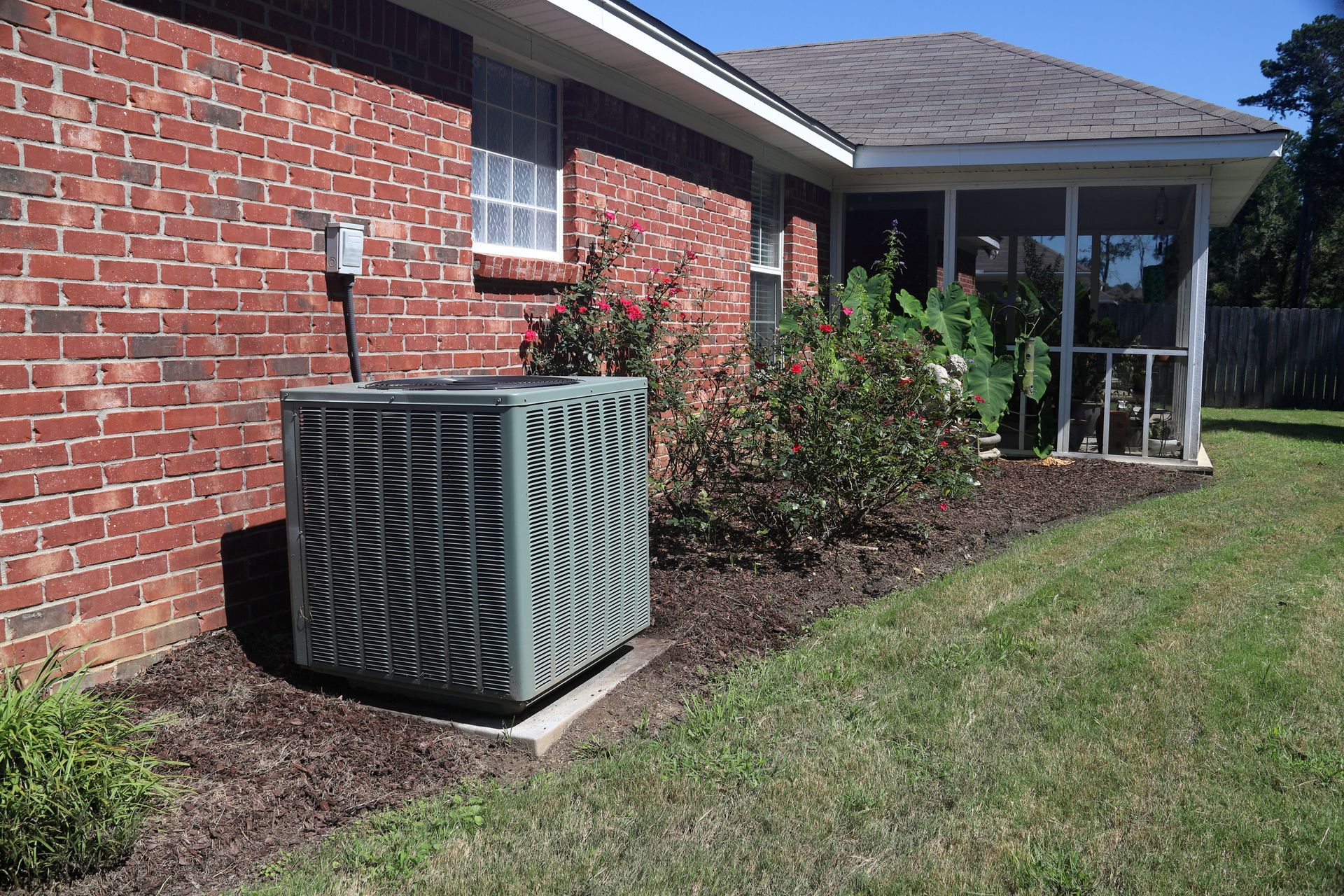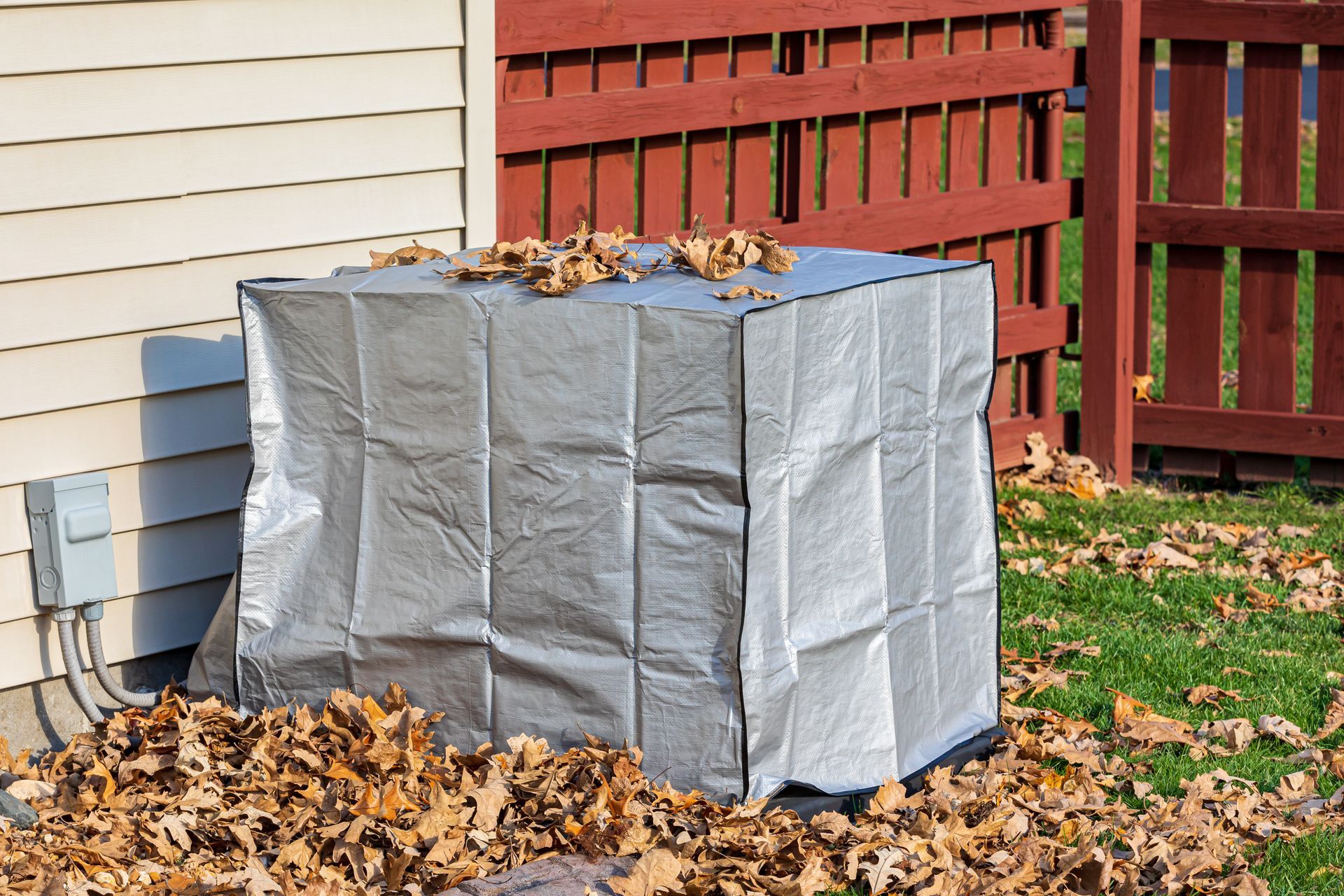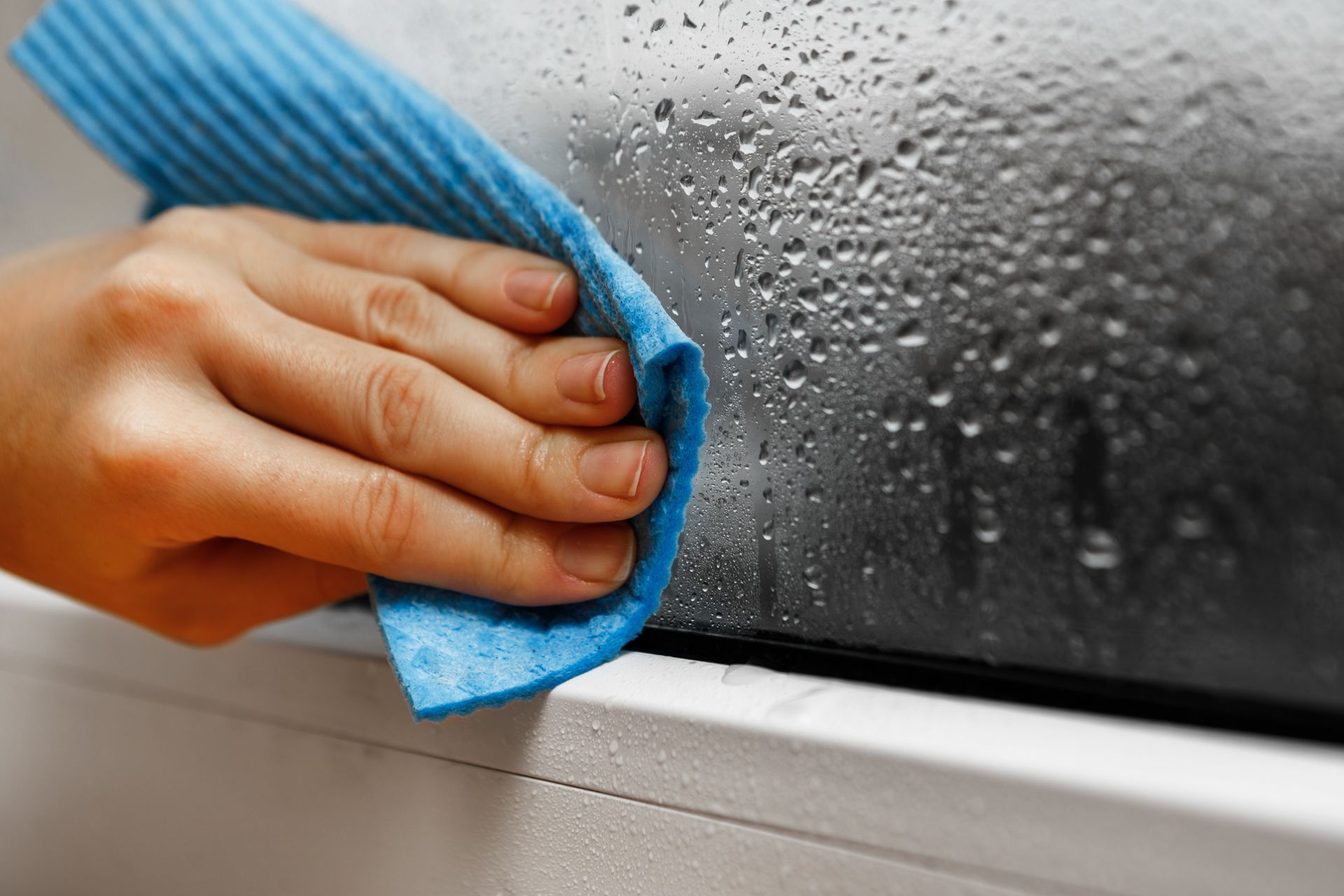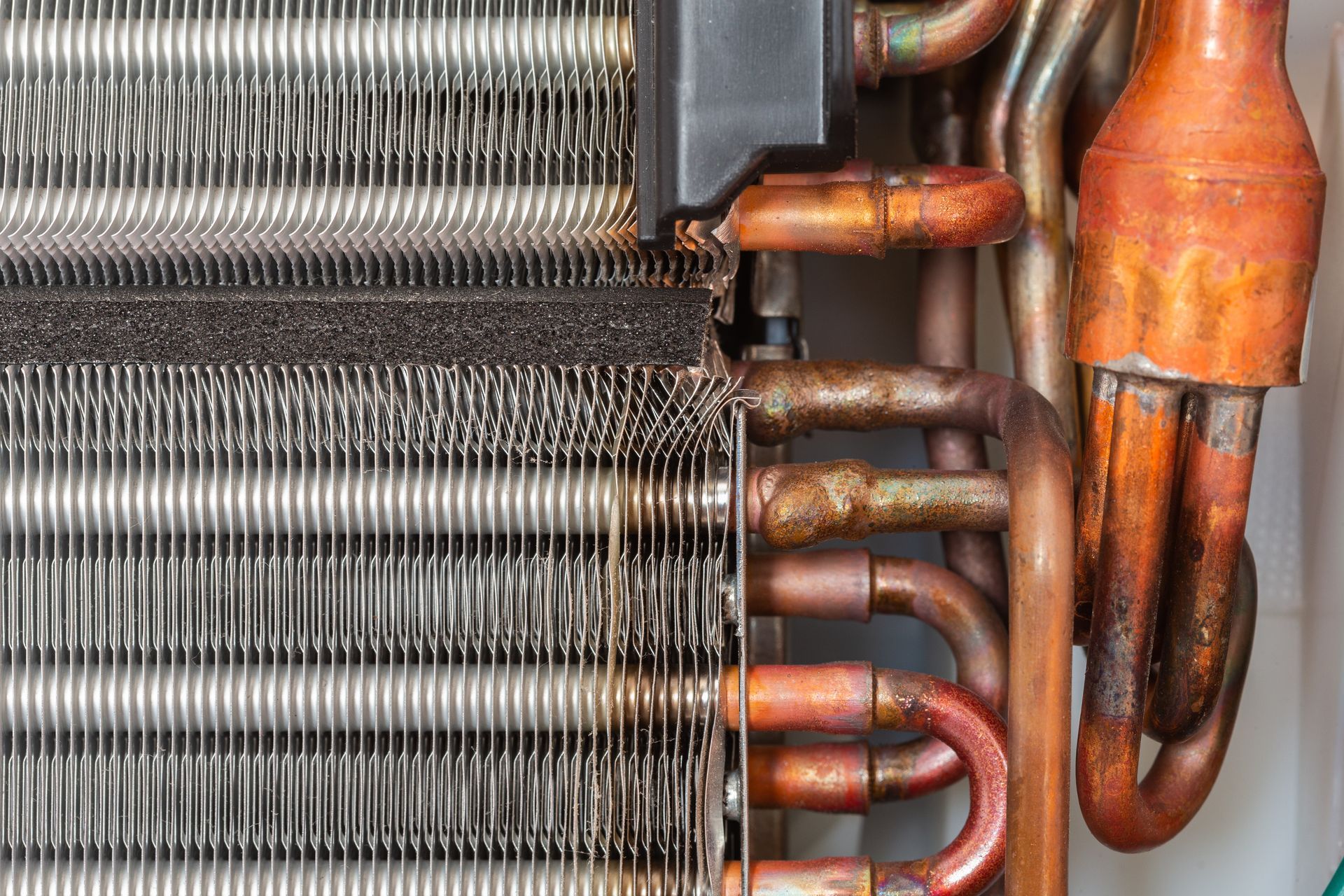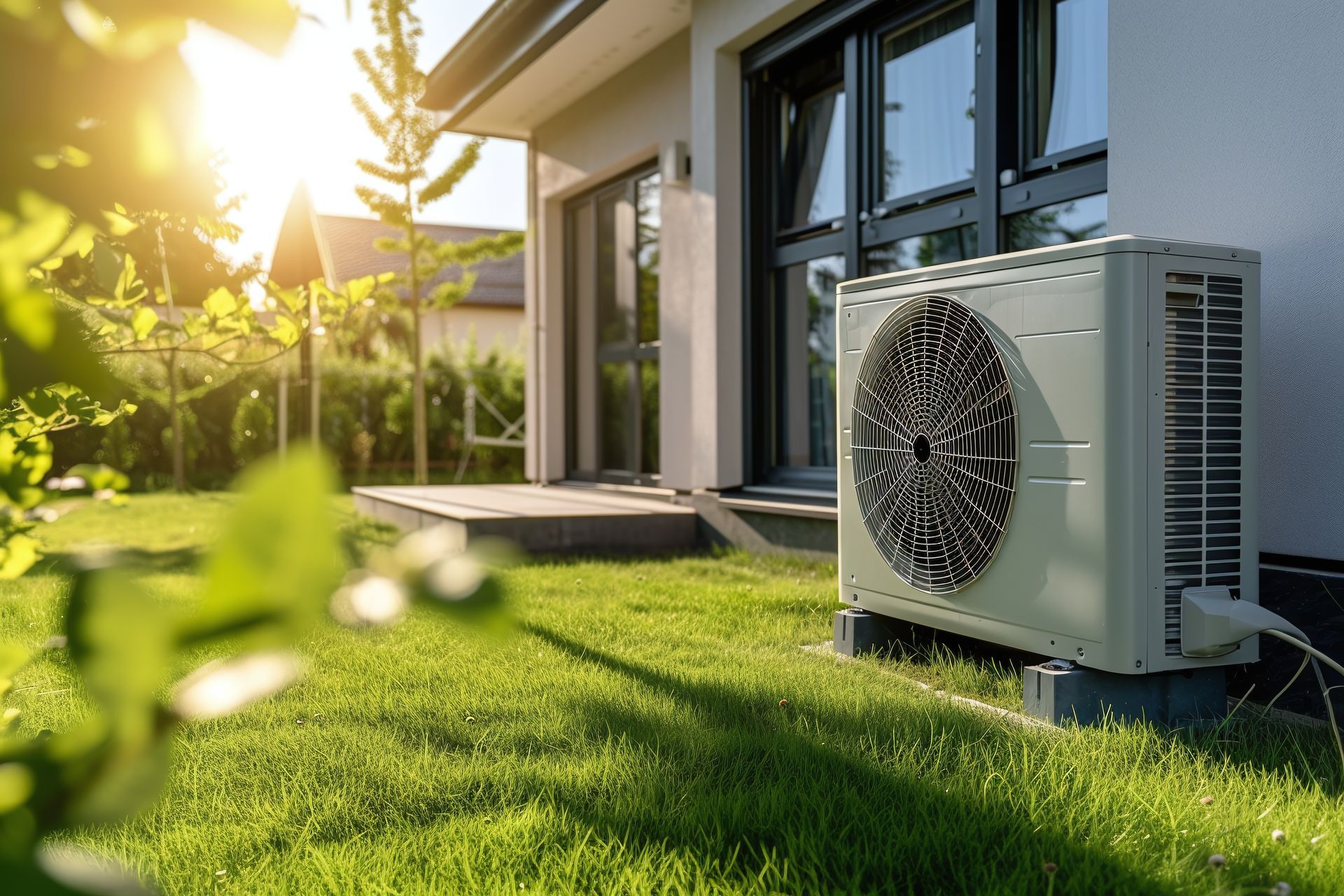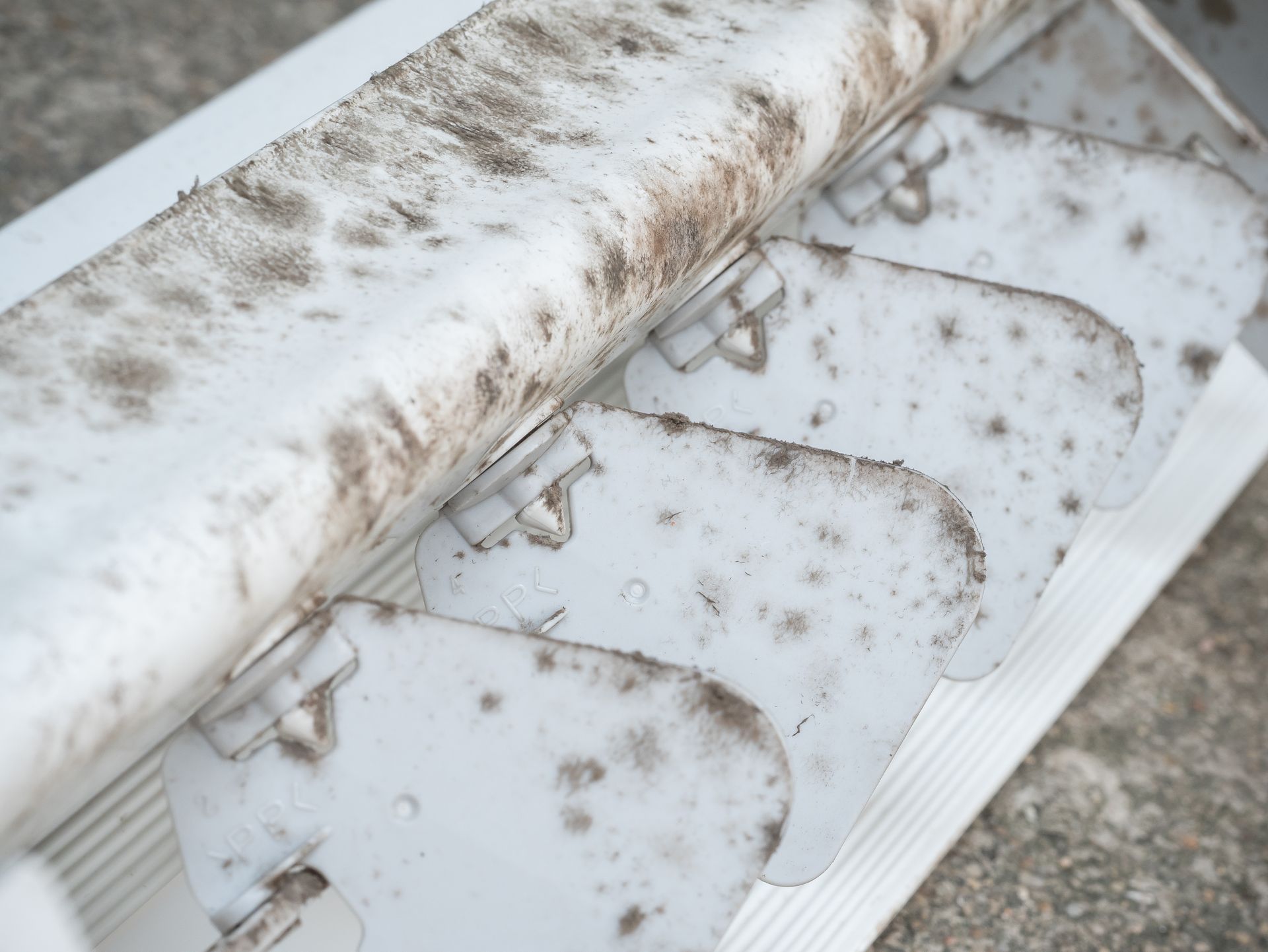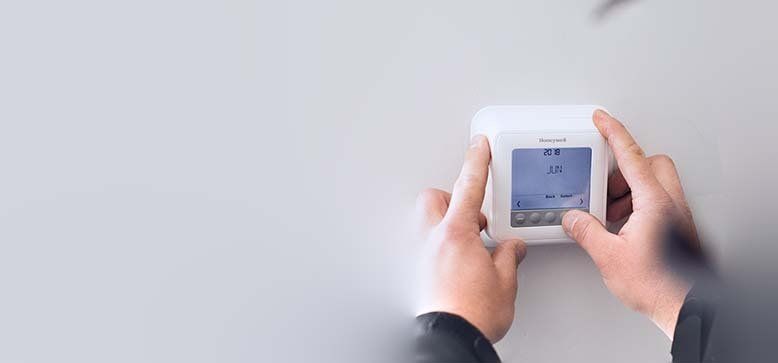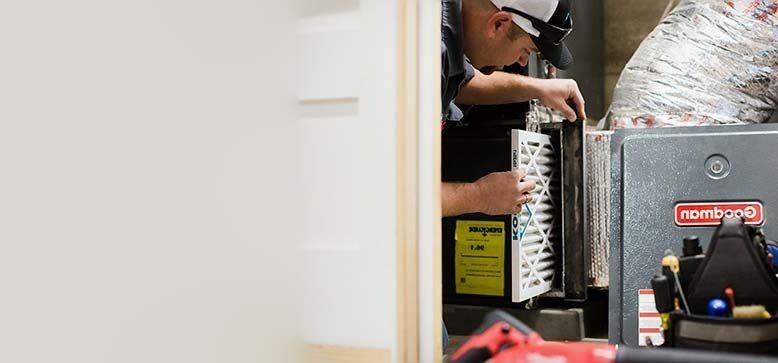How Often Should You Change Your AC Filter?
Insure Your Air Quality By Changing Your AC Filter

How often should air filters be changed has become an important question families have to ask as indoor and outdoor air quality continues to decline. California has to account for the general pollution that is caused by congested freeways which results in heavy smog that gathers in central valleys. We have also grown to accept a fire season which causes months of smoke and ash. These are just 2 areas of concern when it comes to outdoor air quality. This doesn’t even cover indoor air quality which has shown to be just as problematic with allergens, carcinogens, and other airborne particulates commonly found in most homes.
This is why it is recommended that your home’s central air conditioning filter be changed every 1-6 months depending on the quality of the filter and a handful of other variables. As a general rule, the filters should be changed on a quarterly basis. Exceeding this time frame will cause a buildup of dust and dirt that significantly decreases the filters’ ability to function efficiently. There are a few considerations that may need to be accounted for when replacing the air filter.
Does anyone in the house have allergies?
People with allergies will be extra sensitive to indoor air quality. An ac filter will need to be used to help reduce the number of allergens in the indoor air supply. For those that suffer from allergies, AC filter replacement should occur every 6 weeks to ensure the cleanest air possible.
Are there pets in the house?
Multiple pets in a home are generally the biggest culprit for bringing in dust, dirt, and allergens. They also introduce interesting smells and shed when seasons change. This will cause an extreme build up of all kinds of airborne particles that will need to be changed every other month.
Are there younger children in the house?
Having poor air quality in a home with young children can be problematic as they can develop asthma, allergies, and other respiratory problems. To improve air quality to provide your children with the best air possible, it is recommended that the AC filter be changed every 2-3 months.
When Should You Change Your AC Filter?
When not accounting for other considerations like children, pets, and allergies, AC filters lifespans are usually determined by manufacturer’s recommendations.
- Fiberglass air filters: These are lower cost and lower quality. They provide little protection and will need to be replaced and disposed of every 30 days.
- Pleated air filters: These are made with better materials and are designed to last between 3-6 months depending on use, material, and quality of air.
Be sure to follow the directions that are written on the filter packaging to know when the recommended replacement should occur.
Why is Changing Your Filter Important?
Air filters are constantly scrubbing your air to trap particles like pet dander, dust, dirt, and other allergens so that the cool air being cycled back into your home is fresh and clean. It’s only a matter of time before that filter reaches its limit and becomes so saturated with dirt that it loses effectiveness and efficiency. This can be problematic due to:
- Increase in air conditioning bills: The dirtier the filter is in your AC system, the harder the fans have to work to push and pull air through them. This blockage negatively impacts your air conditioning bill by slowing air flow which extends the time it takes to cool as well as making the interior fan have to work harder to achieve the same results.
- Health concerns: If your filter has been completely covered in dirt, then there is a good chance that the filters are not only failing at their job but also adding particles like dust and allergens back into the indoor air supply. This can impact allergies, headaches, and respiratory issues if regularly scheduled filter replacements aren’t maintained.
- Save money on repairs: An HVAC system requires on-going maintenance to ensure it functions at maximum efficiency and effectiveness. Having dirty filters hampers the cooling system’s job by causing continuous strain on parts that could give out earlier than expected. These parts that can give out will require unnecessary repairs that will cost money that could have been avoided.
Things That Can Impact the Life of Your AC Filter
List of Services
-
How often an AC unit is usedList Item 1
Homes that constantly run their AC to stay cool will have to replace their filters more frequently than homes in milder climates that might only run their unit during a few hot points in a year.
-
The size of the building being cooledList Item 2
Homes with less square footage means that AC units have to work less to cool a given space. If the AC unit has to work less, then the AC filter shelf life will be extended.
-
The overall home air qualityList Item 3
If the AC filter has to work overtime to filter out cigarette smoke and pet dander, then there is a good chance that the AC filter might need to be replace frequently. This also applies if the outdoor air quality is bad because the outdoor air inevitably gets drawn into the home.
-
The quality of indoor insulationList Item 4
If a house is well insulated, it will require less AC run time to maintain cool temperatures. This will reduce the AC system usage, which will extend the air filter’s shelf life.
-
Type of AC filter being used
There are always better options that last longer and are more effective than the lowest quality fiberglass filters. Pleated air filtration technology is much more effective at trapping dirt and dust and generally lasts 3x longer.
-
The overall number of people benefiting from the AC unit
The amount of human activity impacts the air filter in a couple ways. The more humans occupying a space, the more dirt, dust, and debris is introduced into a home’s air supply. In addition to that, the more active humans are, the more that dust and dirt will be agitated and drawn into the AC system.
How to Tell When Your AC Filter Needs to Be Changed
The indoor air supply that your household breathes circulates through the AC system. This air will get pushed through an air filter which is why it is important to maintain fresh clean filters. Sometimes there will be indicators that it is time to change the filter, so make sure to watch for:
- HVAC system damage, malfunction, or failure
- Reduced or constricted air flow
- Smelly or dusty air flow
- Dusty ducts and vents
It is generally a good practice to check on the filters every month to see how dirty they are. You can remove the filter and hold it up against a light source to see how clean the filter is. That being said, if the light isn’t visible, then it is time to replace the filter.
How to Change Your AC Filter
Follow these steps if it is time to change the filter on your air conditioner:
- Turn off AC unit - Ensure that the AC unit is disabled so the thermostat doesn’t accidentally kick it on while the filter is being replaced.
- Remove filter cover & extract filter – Locate where the filter is, usually in a utility close where the main intake is and remove the old filter.
- Purchase an air filter replacement – Look for one that matches the right size. The measurement should be printed on the frame of the filter but if not, the dirty filter can be used to identify the correct size filter needed.
- Replace old filter with new clean filter – Make sure to notice how the old filter is oriented and place new filter in same position.
- Replace your air filter cover and turn AC system back on – Turn AC system back on and ensure that the new filter is oriented in a way that functionality is maintained.
How to Find and Buy a New Filter
As discussed above, a new filter will need to be purchased in the event that the old one needs to be replaced. When going to the hardware store, be sure to remember:
- The size of the air filter frame can be found on the filter being replaced. If not, the measurements can be taken, or the old filter can be brought in altogether to find the correct replacement.
- Avoid buying the least expensive filter. These are generally poor quality and are not very effective when compared against some pricier options.
- Look for pleated filters that are supported by a wire mesh. The wire mesh prevents the pleats from collapsing and the pleats’ increased surface area improves filtration.
- Look for filters that have a MERV (minimum efficiency reporting value) score that is 8 or better. These filters have much better filtration capabilities and will remove smaller particles that can cause allergic reactions and respiratory problems.
MERV Scale
The minimum efficiency reporting value (MERV) score is a standardized rating that contractors use when determining how good of an AC filter to use. The score is determined by seeing how well the filter catches different types and sizes of air borne particulates after being used.
MERV 1-4: These filters are generally the cheapest flat fiberglass screens that trap the fewest number of airborne contaminants and particles. That said, these filters are still good enough to extract dust mites and pollen from the air.
MERV 5-8: These filters can effectively remove mold, fine dust, aerosol sprays, and anything else larger than 1 micron. They are slightly more expensive but allow your AC unit to operate smoothly. This range is what is usually recommended for optimal efficiency and energy usage.
MERV 9-12: This range of filters is designed to scrub the air clean. This class is designed to remove even the smallest particles in the air like auto emissions. This kind of filter would be good for areas that are near high traffic areas like freeways, busy intersections, etc. This filter does restrict air flow with the increase effectiveness which causes fans to work a little harder than the 1- 8 options.
MERV 13-16: This filter is classified as maximum effectiveness. These are largely used in large commercial buildings that need to filter air for a larger environment. They can filter down to .3 microns which include bacteria and cigarette smoke.
Filter Reusability
For many, the thought of discarding a used AC filter every other month prompts images of overflowing landfills. There are newer options that are available that allow you to reuse a filter by washing them clean of any dust and debris they may have caught. While slightly more trouble than just replacing old filters, the cost savings and the beneficial impact on the environment has gotten replaceable filter a lot of attention. If saving the environment while cutting back on expenses is what you are looking for, then finding a replaceable filter may be the solution you are looking for.

